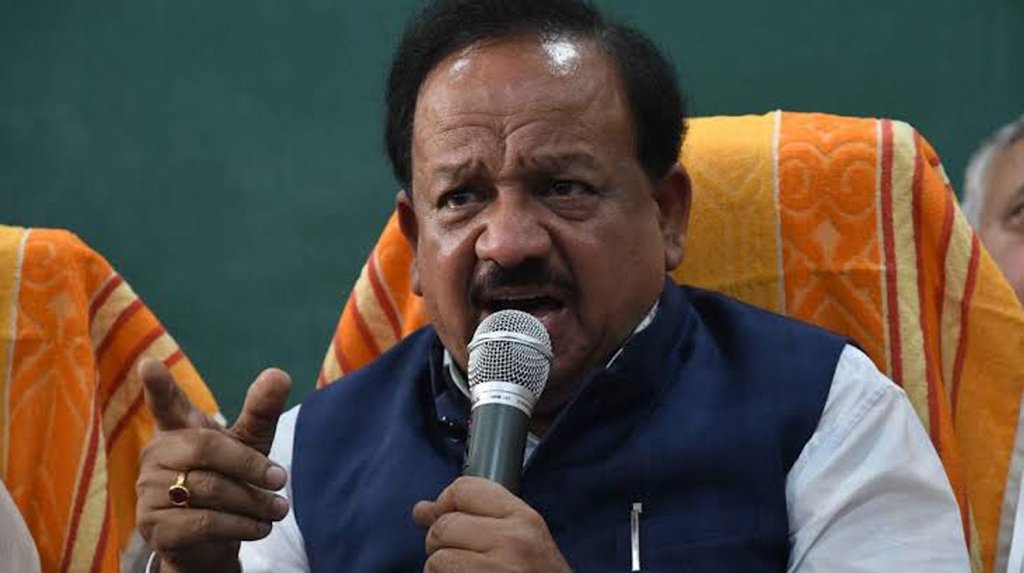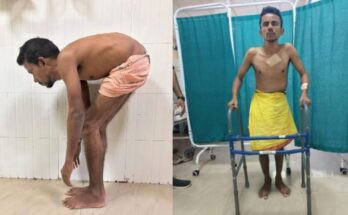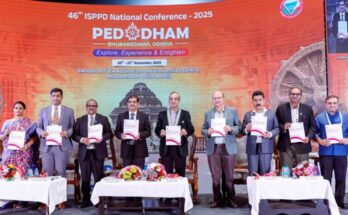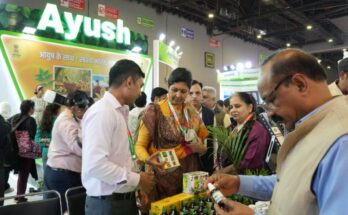New Delhi: Union Health Minister Dr Harsh Vardhan on Saturday instructed the Health Ministry to develop standard operating procedures for the Members of Parliament and the Legislative Assembly sessions comprising Covid protocols and preventive measures.
The directions were given by the Union Health Minister during the 20th meeting of the high-level Group of Ministers (GoM) on COVID-19. The GoM was briefed on the current status of Covid-19 in India.
The GoM also expressed concern over the forthcoming festival season and advised everyone to adopt safe and Covid-appropriate behaviour. The minister expressed satisfaction at the various coordinated efforts of the Central Government and those of the states and union territories.
“In the month since the last meeting of the GoM on 31st July, we have made tremendous strides in containing the disease.” He added, “As many as 26.4 lakh have already recovered. The country’s Case Fatality Rate is at its lowest 1.81 per cent and Recovery Rate has increased to 76.47 per cent,” said Vardhan.
The Union Minister informed the GoM that with the creation of sufficient health facilities, the health infrastructure in the country has been amply strengthened. Also, only 0.29 per cent of the cases are on ventilators, 1.93 per cent in ICU and only 2.88 per cent of the cases are on oxygen.
“A total of 1,576 labs at present have led to an upsurge in testing and the goal of 10 lakh tests per day has been fulfilled. More than 9 lakh samples were tested in the last 24 hours and this has led to the cumulative total number of tests crossing the 4 crore mark” Vardhan added.
It was noted that despite being resource constrained and densely populated, timely lockdown and rapid augmentation of infrastructure by India have enabled the cases per million and deaths per million to remain considerably lower compared to other countries.
Within the country, eight states — Maharashtra, Karnataka, Andhra Pradesh, Tamil Nadu, Uttar Pradesh, West Bengal, Odisha and Telangana contribute to around 73 per cent of the active caseload, as of today. Moreover, Maharashtra, Delhi, Tamil Nadu, Andhra Pradesh, Karnataka, Uttar Pradesh and West Bengal account for 81 percent of the total deaths.
Harsh Vardhan was joined by S. Jaishankar, Minister of External Affairs, Hardeep S. Puri, Minister of Civil Aviation, Mansukh Lal Mandaviya, Minister of State, Shipping (Independent Charge), Chemicals and Fertilizers, Ashwini Kumar Choubey, Minister of State, Health and Family Welfare and Nityanand Rai, Minister of State, Home Affairs. Vinod Paul, Member (Health) Niti Aayog, joined virtually.
Dr Sujit Singh, Director NCDC (National Centre for Disease Control) presented a detailed report on surveillance efforts undertaken in India during the pandemic through the IDSP (Integrated Disease Surveillance Programme) network. He highlighted the challenges faced and the learnings from the various states. He also threw light on the trajectory of COVID in some states and elaborated on their response and management.
The major concern areas in the country were highlighted. It was mentioned that there needs to be continued attention on promotion of wearing of masks, physical distancing and respiratory etiquette.
Dr Vinod K Paul, Chairperson of the Empowered Group-1 on the Medical Emergency management plan, apprised the GoM of the process of a Covid vaccine development in India and around the world. He stated that 29 candidates, including 2 Indian ones, are in Clinical Trials out of which 6 are in Phase III. In India, Bharat Biotech’s vaccine candidate based on inactivated virus procured by ICMR is in Phase II trial along with Zydus Cadila’s candidate which is based on viral DNA.
The Oxford vaccine candidate developed by Serum Institute of India is already in Phase III trial in Maharashtra and some other States. Rajesh Bhushan, Health Secretary, apprised the GoM of the efforts made by the Health Ministry towards mental health during the pandemic.
He also stated that the Central Government was in direct communication with the states that were reporting a surge in cases and those with higher mortality rates. These were being guided towards measures that would result in saving lives and speedy recoveries.




